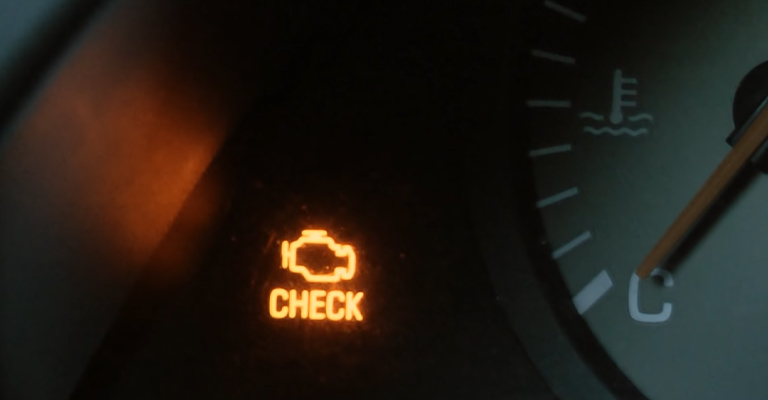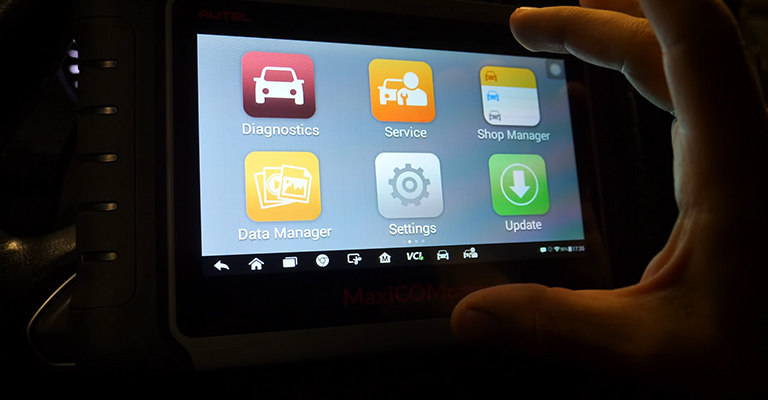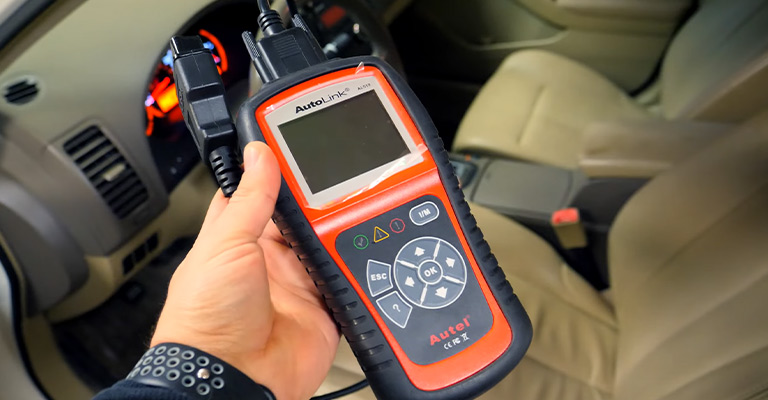It is a requirement in Connecticut that most cars must undergo an emissions test before they can be registered. The vehicle owner must pay for this service in order for it to be provided.
It is also the owner’s responsibility to select the testing facility that will conduct the emissions test, which is an auto-repair shop that has been certified by the state for performing emissions tests on vehicles. It is your responsibility to make the repairs if you fail.
If the vehicle owner does not pass an emissions test before renewing the registration of their vehicle, Connecticut will not allow them to renew the registration of their vehicle.
Can You Pass Ct Emissions With Check Engine Light On?
If your car has a “check engine” light, it may not be the end of the world. There are several things you can do to try and fix the problem on your own before taking your car in for service.
A mechanic might also be able to diagnose the issue over the phone or online if you’re not close by. You can take advantage of free testing programs available at some auto-parts stores – just ask.
If all else fails, have your vehicle towed to an authorized dealership for further inspection and repairs.
When your vehicle fails an emissions-related test and it is close to the renewal date of your vehicle’s registration, you might want to consider applying for a temporary registration while you address the vehicle’s emissions-related repairs.
There should be no light on the “Check Engine” indicator on the vehicle. If it does, the vehicle will not be able to pass the test.
In the event that your vehicle’s On-Board Diagnostics (OBD) system is throwing trouble codes, make sure you take your vehicle to an emissions mechanic who is certified to work on your vehicle. It is not enough to simply try to clear the codes. Personnel involved in the testing process will be able to tell.
The “Check Engine” Light May Be Caused By A Defective Sensor
If your check engine light is on, it may be because of a defective sensor. There are several things you can do to diagnose the issue and fix it. Sometimes an inexpensive repair will solve the problem, while other times a more serious repair is required.

Knowing what the code means can help you make informed decisions about your car’s future. Check Engine lights indicate different problems with your cars engine, but knowing what each one means can save you time and money in repairs down the road.
You Might Pass The Test If The Problem Is Fixed
If you have a Check Engine Light on, and your car has been serviced recently, it’s likely that the problem is fixed and you can pass the emissions test. However, if the light remains on or there are other problems with your vehicle, take it to a mechanic for a check.
Have Your Vehicle Taken To A Mechanic For A Diagnostic Check
A Check Engine Light (CEL) on a car may indicate an emission problem with the vehicle. If your CEL is not related to emissions, have your vehicle taken to a mechanic for further inspection and possible repair or adjustment.

Sometimes problems that cause the CEL can be fixed without any need for major repairs or adjustments. Checking codes and getting a diagnostic report from your Mechanic will help you determine what needs to be done in order to fix the issue and get your Vehicle running right again.
Free Testing Available At Some Auto-Parts Stores
If you have a check engine light on, there is a good chance that your car may not be passing emissions tests. One way to find out if this is the case is to take advantage of free testing available at some auto-parts stores.
Finally, if you still suspect that your car might not be compliant with state and federal emissions standards, it may be worth getting it checked by a mechanic or specialist. Keep in mind that any of these measures will require time and effort on your part; do not hesitate to seek help from experts if needed.
What Is the Most Common Reason for Check Engine Light?
When your check engine light comes on, it usually indicates a problem with one of the following: an oxygen sensor, idle air control valve, coolant temperature sensor, catalytic converter, or ignition coil.
A faulty o2 sensor is the most common problem that causes check engine lights to come on. To replace a defective o2 sensor, you’ll need to remove the hood and access the wiring beneath it.
If your check engine light is caused by a failed idle air control valve, you’ll need to loosen the hose clamp and remove the offending part. If your check engine light is because of low fuel pressure , you may be able to fix it by replacing either the fuel pump or the fuel filter.
What Happens If You Fail Emissions Test Twice in Ct?
If you fail the emissions test once in Connecticut, there is a chance that you may qualify for a cost waiver. The repairs must be performed at a certified emissions repair facility, and certain cost criteria must be met before your vehicle can return to traffic.

If you fail the emissions test twice in CT, your vehicle will need to be replaced with a new one. If your vehicle fails the emission test three times within six years of owning it, you will have to purchase a new car.
There are some exemptions if you cannot afford to buy a new car or if your old car is not eligible for replacement due to age or make/model restrictions.
How Long Can You Drive with the Engine Light On?
If you have a check engine light on, it means that there is something wrong with your car’s engine and you should take it to the mechanic as soon as possible. Driving with the engine light on can be dangerous because it triggers a warning for other drivers, which could lead to an accident.
The cause of the problem may vary depending on where you are in terms of distance between 50 and 100 miles from home; for example, if there is a defective sensor or damaged wire harness, this would be one potential cause.
Checking your fuel level is also important when driving with the engine light on; if your car runs out of gas, this might trigger the Check Engine Light to turn on too.
While there are many possible causes of problems that could cause the engine light to come on while driving, make sure to check them all by taking your vehicle in for repair as soon as possible so that nothing serious happens while you’re away from home.
FAQ
Can you pass emissions if you reset check engine light?
If your vehicle has a Check Engine light and you’re not sure if it’s necessary to reset the monitors, take it in for service first. Disabling mechanisms that detect pollution can cause problems when testing; clearing the ‘Check Engine’ light or resetting them right before the test will fix this problem.
Is check engine light related to emissions?
The check engine light may indicate a variety of problems with your car’s emissions system. If you don’t know what’s causing the check engine light, take your car in for service.
What does a solid check engine light mean?
When your check engine light is solid, it means there is a problem with the car’s engine that needs to be fixed as soon as possible. Problems can come from a loose gas cap or poor fuel delivery – getting your car diagnosed will reveal more serious issues.
If the timing or transmission issue isn’t addressed right away, it could lead to bigger problems down the line.
To Recap
If your Check Engine Light is on, it means that there may be an issue with emissions. If you have the light on, you should take it to a mechanic to get diagnosed and fixed.

Leave a Reply